Chitosan non-woven layer inside of AnsCare ChitoClot Bandage accelerates the formation of blood clots and shows excellent effect on rapid hemorrhage control caused by trauma. The central non-woven layer also provides a wet-surrounding for wound care purpose. Convenient back sheet design is easy to use while preventing infection.
Benefits
- 100% Chitosan non-woven layer inside
- Excellent effect on rapid hemorrhage control (External Use Only)
- High absorption rate, more than 12 times
- Provide a wet-surrounding for wound care
- Flexible and conformable to tissue surfaces
- Excellent biocompatibility
- Antibacterial
- Easy to remove
- Simple application, easy to administer with current protocol
Blood Coagulation Mechanism of Chitosan
With chitosan cation (-NH3+), our product can actively accelerate blood coagulation by attracting negatively-charged platelets to form a loose clot. When platelets aggregate, they activate coagulation molecules (thrombin, serotonin, ADP, TxA2) that accelerate the aggregation of fibrin and red blood cells to form a coherent blood clot in plugging the injured blood vessel.
Back Sheets
Transparent back sheet ( waterproof ) :
Provides excellent protection and reduces the risk of infection while stop-bleeding, which fits all kinds of outdoor activities.

Elastic back sheet :
Deliver a comfortable feeling and stable compression on the wound, which helps hemostasis quickly.

Animal Experiment
The Acute Open Wound Healing Effect Study of Chitoclot Bandage and Other Commercially Available Wound Dressings
In this study, we use Sprague Dawley rat as our animal model to study the wound healing effect of our ChitoClot Bandage as compared with the effect of other commercially available wound dressings. A 1.5×1.5 cm2 open wound, deep to the muscle layer, was created on the back of rat using scalpel, and a piece of ChitoClot Bandage or other dressings was applied onto the wound. As shown in Fig 1 and 2, the ChitoClot Bandage demonstrated superior wound contraction effect than other dressings (regular gauze, Ag-alginate dressing, and hydrogel dressing) in early healing phase (day 1~3), and no any dispersed, residue, or stain observed as Chitoclot Bandage removed. From the histological evaluation, the ChitoClot Bandage shows better epidermal regeneration, angiogenesis, and high-density of tissue regeneration, as compared with other dressing groups (Fig 3). (National Dong Hwa University, Taiwan)

- Fig 1. Observation of the rat wound healing process (A) Regular gauze (B) Chitoclot bandage (C) Ag-alginate dressing (D) Hydrogel dressing.

- Fig 2. Ratio change of healed wound area (A) Regular gauze (B) Chitoclot bandage (C) Ag-alginate dressing (D) Hydrogel dressing.




Fig 3. Results of histological section image (A) Regular gauze (B) Chitoclot bandage (C) Ag-alginate dressing (D) Hydrogel dressing.





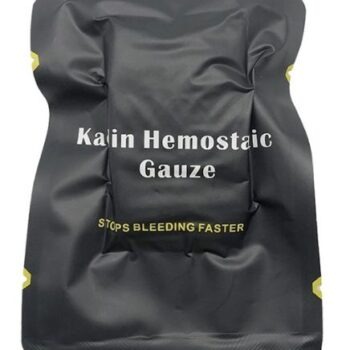

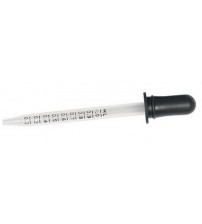
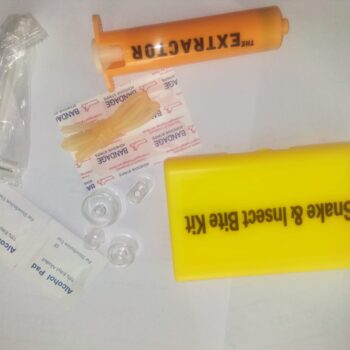
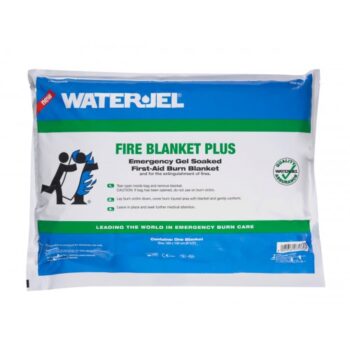






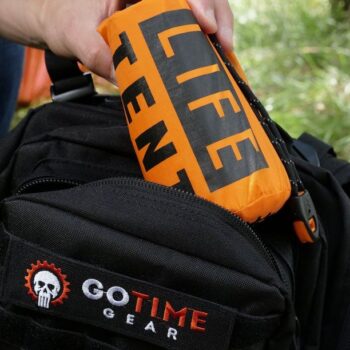
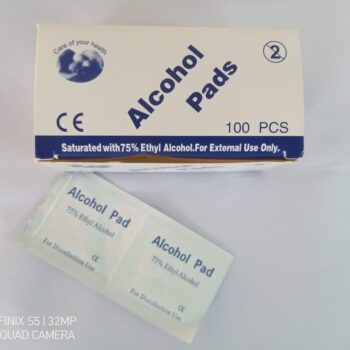


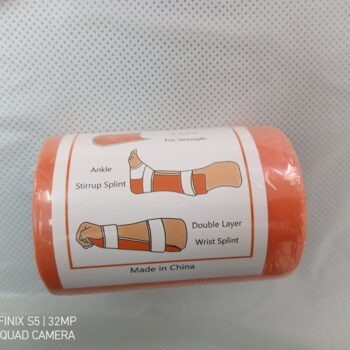
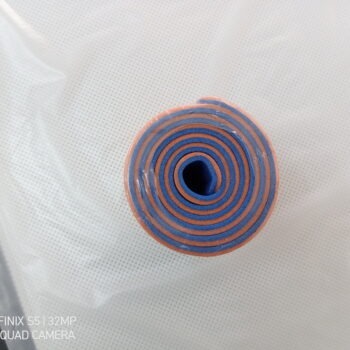



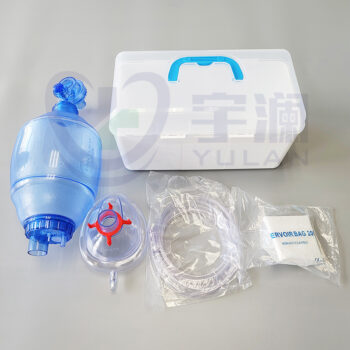

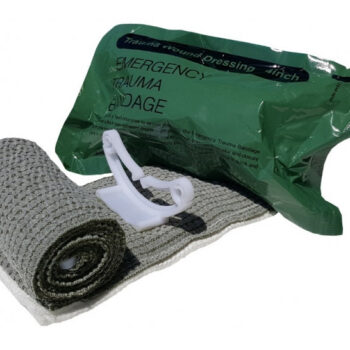


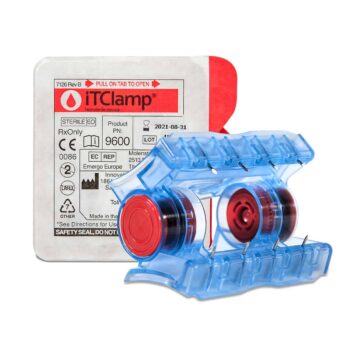










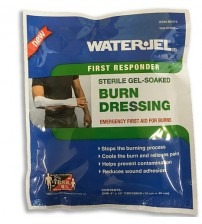
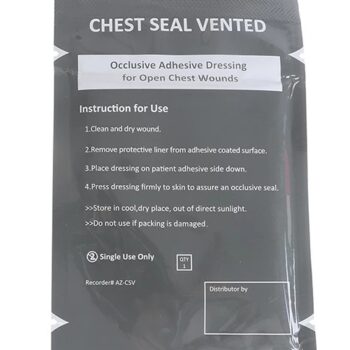

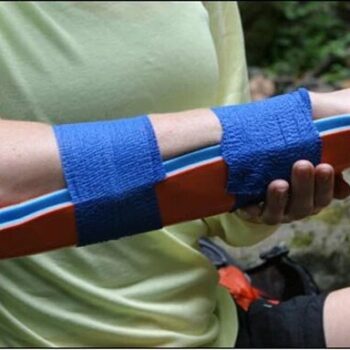








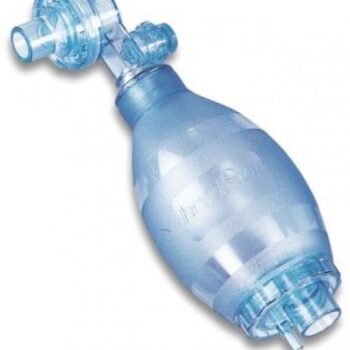
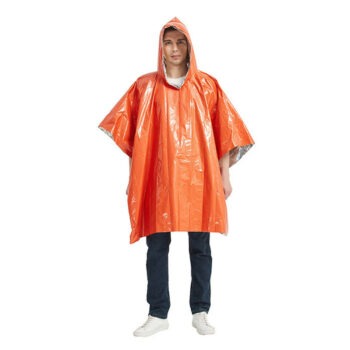
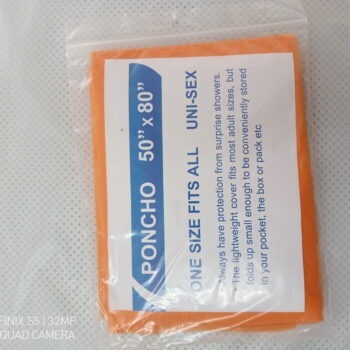
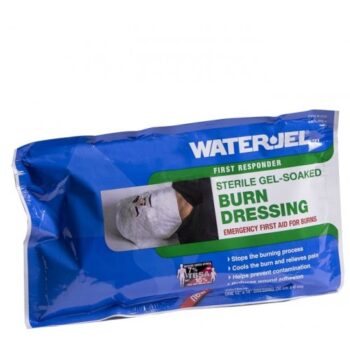
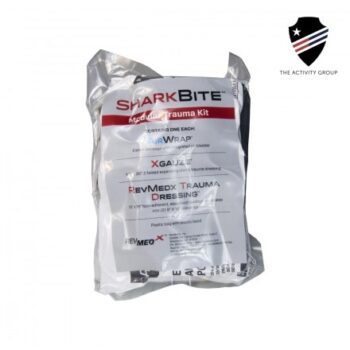
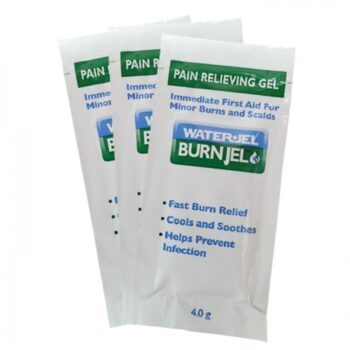

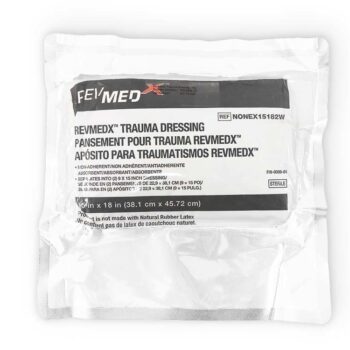


Reviews
There are no reviews yet.